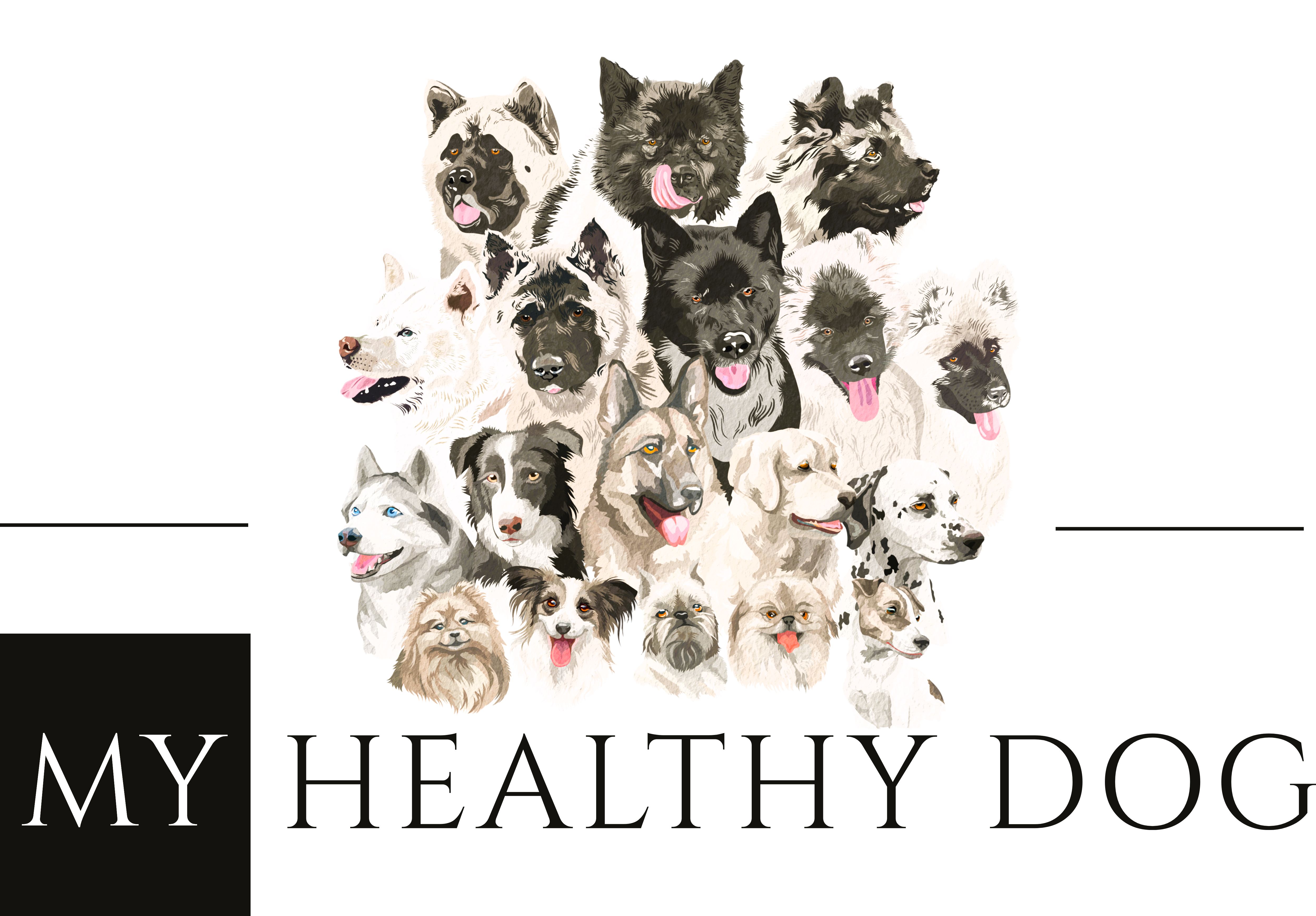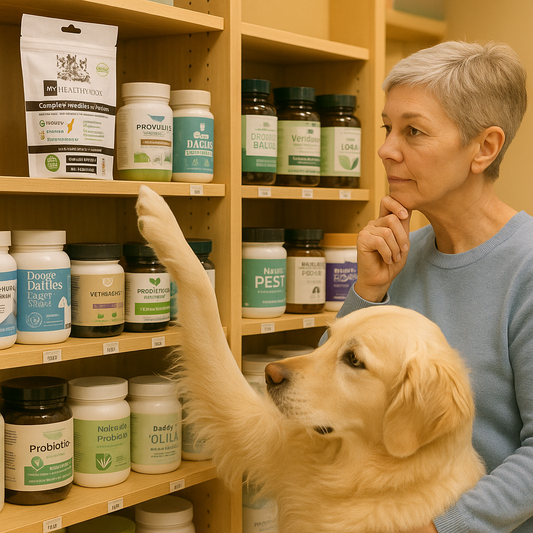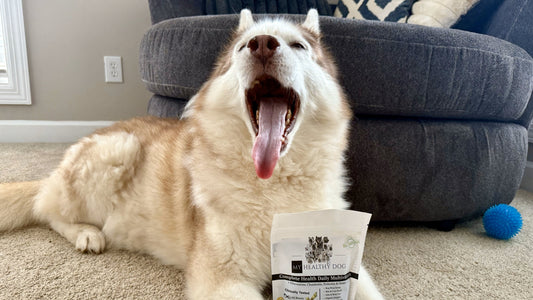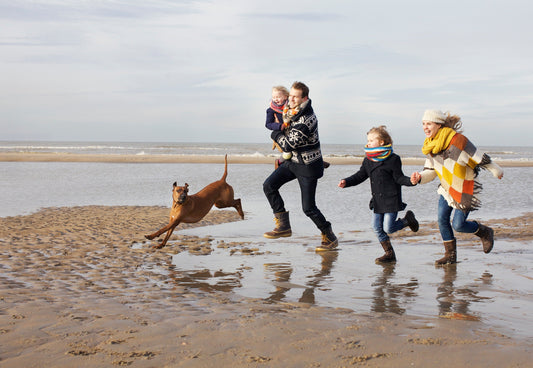The Belgian Malinois is a breed celebrated not only for its physical elegance and prowess but also for its sharp intellect and robust nature. As a favored breed for police and military work across the globe, the Malinois has also gained popularity as a loyal family companion. This comprehensive guide provides insight into everything from the breed's origin to essential care tips.
Breed Summary
Origin of the Belgian Malinois
Originating in the city of Malines in the northwestern region of Belgium, the Belgian Malinois is one of four varieties of Belgian sheepdogs, which were once considered a single breed. First bred in the late 1800s, the Malinois was developed primarily for herding. Over time, its role expanded due to its high trainability and versatility, leading to its prominence in protection, police, and military roles worldwide.
Appearance
The Belgian Malinois boasts a sleek, athletic build, standing 22 to 26 inches at the shoulder and typically weighing between 40 and 80 pounds. Their short, straight coat comes in fawn to mahogany with a distinctive black mask and ears. This breed is muscular yet elegant, with an expression that reflects both alertness and intelligence.
Temperament
Known for its work ethic, the Belgian Malinois is dynamic and assertive, thriving on active engagement and tasks. This breed is fiercely loyal, protective, and affectionate towards its family but can be reserved and sometimes aloof with strangers. The Malinois requires consistent, positive training from an early age to channel its energy and focus effectively.
Health Outlook
The Belgian Malinois is generally healthy, with a life expectancy of 14 to 16 years. Common health issues include hip and elbow dysplasia, progressive retinal atrophy, and thyroid problems. Some dogs can develop itchy skin conditions where baths with a high quality dog shampoo and conditioner is recommended. Regular veterinary check-ups and maintaining a healthy lifestyle are crucial for preventing and managing these conditions.
Nutritional Requirements
A balanced diet rich in protein and fat from high-quality sources is essential for the Malinois, reflecting their active and energetic nature. The inclusion of the best multivitamin for dogs support overall health, enhancing joint strength, coat quality, and digestive health, which are particularly beneficial given the physical demands placed on this breed.
Exercise Requirement
The Belgian Malinois requires extensive daily exercise to satisfy its high energy levels. Activities should include long runs, agility training, and mental challenges to keep them both physically and mentally stimulated. Without adequate exercise, they may become restless and display undesirable behaviors.
Pros and Cons of Owning a Belgian Malinois
Pros:
- Extremely loyal and protective.
- High intelligence and trainability, excelling in various canine roles.
- Vigorous and healthy with relatively few genetic problems.
Cons:
- Requires intensive training and socialization.
- Not suitable for inactive lifestyles due to high energy levels.
- Can be overly protective if not properly trained.
Space Requirements
The Belgian Malinois is best suited to a home with ample space where it can run and play freely. A large, securely fenced yard is ideal. Apartment living is not recommended unless the owner can commit to multiple daily exercise sessions to manage the dog's energy.
Suitability for Elderly
Generally, the Malinois is not recommended for elderly owners unless they are particularly active and experienced in handling energetic dogs.
Suitability for Kids
While loyal and protective of family members, the Malinois's intensity and power might be overwhelming for young children. Families with older children who can participate in training and exercise might find a better match.
Cost
The cost for a Belgian Malinois puppy typically ranges from $1,000 to $2,500, depending on the breeder's reputation and the lineage. Prospective owners should also budget for ongoing costs like food, training, and healthcare.
What Should the Owner Be Like?
An ideal Malinois owner should be active, experienced, and fully committed to training and exercising their dog regularly. They should understand and appreciate the breed's protective instincts and be prepared to engage in ongoing socialization and training.
Fun Facts
- The Belgian Malinois is often mistaken for a German Shepherd due to its similar size and color, but it is typically lighter and more agile.
- This breed has been featured in various roles in major films and television shows, highlighting its versatility and intelligence.
Conclusion
The Belgian Malinois is a breed that demands as much as it gives. It requires an owner who is willing to invest significant time in training and activity, but it rewards that commitment with unmatched loyalty, protection, and companionship. For those up to the challenge, a Malinois can be more than a pet; it can be a lifetime partner in adventure and security.
Are you familiar with the Belgian Malinois or have this wonderful breed in your family? Share your stories in the comments!
Share the Article with friends!





